Palazzo Medici Riccardi in Florence the first Medici residence
Palazzo Medici and the Chapel of the Magi frescoed by Benozzo Gozzoli
The Medici Riccardi palace is located in the heart of Florence and is a work created by the architect Michelozzo, commissioned by Cosimo the Elder.
Initially the construction of the building was entrusted to Brunelleschi, but since his project was too sumptuous, it was thought that the magnificence of the structure could have unleashed the ire of the citizens.
Cosimo thus commissioned Michelozzo, a good but undoubtedly more discreet architect, who created a cubic-shaped building with an imposing external appearance, but certainly more sober. He designed a central courtyard with Corinthian columns, inspired by elements belonging to classical art and by Leon Battista Alberti's Palazzo Rucellai almost simultaneously.
The building is located in a strategic point of the city: it is located, in fact, between the intersection of Via Larga (the current Via Cavour), Via de 'Gori, very close to the protected churches of the family (San Lorenzo and San Marco) and finally a stone's throw from the Duomo. All these areas give life to the so-called "Medici district".
The recurring feature in the building is sobriety combined with elegance. Michelozzo uses ashlar, a masonry made of stone blocks superimposed in staggered rows, worked in such a way that some boulders seem set back compared to others. This technique was, in the Middle Ages, reserved for public buildings where the city government was based.
The courtyard is created following a game of symmetries that in fact do not exist. The order consists of a portico with composite columns and capitals and ends with a frieze with medallions containing the Medici coats of arms.
THE CHAPEL OF THE MAGI by Benozzo Gozzoli
Numerous decorations were created inside the palace. One of the best known is certainly the Chapel of the Magi, a famous cycle of frescoes located on the main floor of the building by Benozzo Gozzoli, a pupil of Beato Angelico.
The three main walls represent the cavalcade of the Magi, a religious subject used as a pretext to represent the whole series of portraits and political figures belonging to the Medici family.
The frescoes develop scenographically around the viewer, giving the impression of being able to admire the procession represented without interruptions. The small working space was the family's private chapel.
At the end of the fifteenth century, the artistic collections of the Medici family were kept inside the residence such as Donatello's David placed in the courtyard, the works of Paolo Uccello, Botticelli, Verrocchio, Pollaiolo and many others.
Young artists were even hosted inside the palace. For example Michelangelo who spent his adolescence in Florence to study. Therefore, a broad cultural environment was created that favoured the emergence of Renaissance art.
With the death of Lorenzo in 1492, a great period for the whole city ended. Numerous revolts by the citizens led to the sacking of the building confiscating the assets in the name of the republic.
After several changes of ownership within the Medici family, the palace was sold by Ferdinand II to a wealthy banker family, the Riccardi.
Up to the end of the seventeenth century numerous transformations were carried out, while preserving the style and morphology characteristic of the fifteenth century, mainly showing respect for the work done by Michelozzo almost two hundred years earlier.
The palace was enlarged thus losing its original cubic shape. The ground floor was decorated with stucco cherubs, a very popular technique that characterized the Florentine Baroque.
The gallery on the first floor was built in 1685 which, despite not having an exceptional size, is famous for the large vault painted by Luca Giordano. It represents the apology of the Medici family, protectors and benefactors of the Riccardi family. The viewer is captured by the play of perspective given by the shades and brightness coherent with the daylight that filters through the large windows giving real illusionistic games.
The Riccardiana Library was also created as the seat of the family's book collections, also frescoed by Luca Giordano. Furthermore, the interiors were organized by raising the ceilings and decorating the walls.
The Riccardi family lived in the palace for about two centuries, known for having earned over time the name of one of the richest and most influential families on the Florentine scene.
The creation of the Museum inside Palazzo Medici Riccardi dates back to 1939. During the Fascist period it illustrated the history of the Medici family with a celebratory approach, almost as if to use the fame of the past for its own political propaganda.
In 1966 the flood damaged the layout and important restorations were necessary even if at the end of the works it was not considered necessary to reopen the Museum.
Around 2000 a multimedia explanation was created to prepare visitors to the Chapel of the Magi with information in various languages.
To find out about all the exhibitions at Palazzo Medici Riccardi in Florence and to book tickets and guided tours of the Magi Chapel by Benozzo Gozzoli, contact our information and reservations office on 055/2670402.
Magazine
Scopri di più
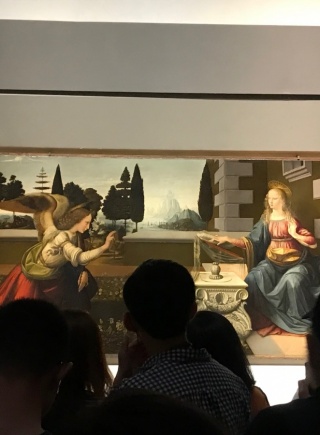 Leonardo Da Vinci at the Uffizi Gallery
Leonardo da Vinci, Tuscan by birth, has spent most of his life traveling around Italy. Many of his masterpieces are therefore scattered in v...
Read More
Leonardo Da Vinci at the Uffizi Gallery
Leonardo da Vinci, Tuscan by birth, has spent most of his life traveling around Italy. Many of his masterpieces are therefore scattered in v...
Read More
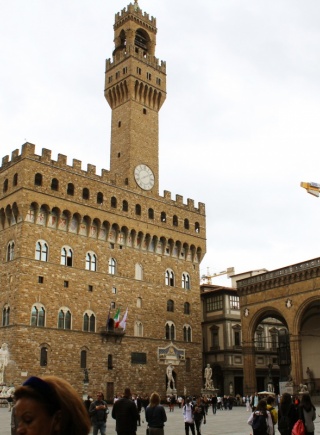 Piazza della Signoria in Florence and the fountain of Neptune
Piazza della Signoria is a real treasure chest of art treasures, in the heart of historic Florence.This famous Florentine square is home fir...
Read More
Piazza della Signoria in Florence and the fountain of Neptune
Piazza della Signoria is a real treasure chest of art treasures, in the heart of historic Florence.This famous Florentine square is home fir...
Read More
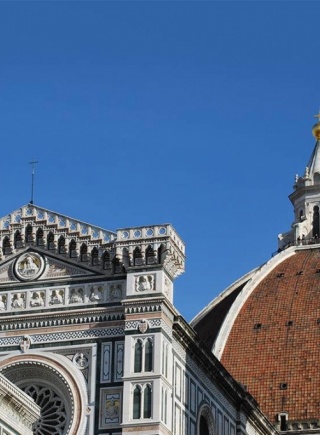 The Duomo of Florence, Santa Maria del Fiore Cathedral
The Cathedral of Santa Maria del Fiore is the fifth largest church in Christianity."Duomo" is a word that derives from the Latin "domus", or...
Read More
The Duomo of Florence, Santa Maria del Fiore Cathedral
The Cathedral of Santa Maria del Fiore is the fifth largest church in Christianity."Duomo" is a word that derives from the Latin "domus", or...
Read More
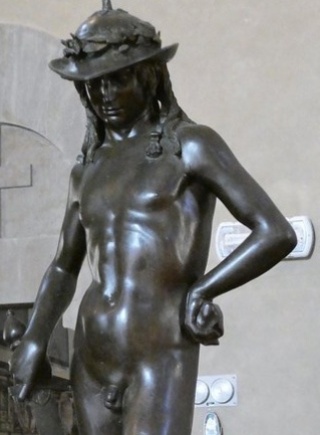 The Bargello Museum and Donatello's David
The Bargello National Museum is one of the most important Italian museums and houses masterpieces by Michelangelo, Ghiberti, Cellini, Giambo...
Read More
The Bargello Museum and Donatello's David
The Bargello National Museum is one of the most important Italian museums and houses masterpieces by Michelangelo, Ghiberti, Cellini, Giambo...
Read More
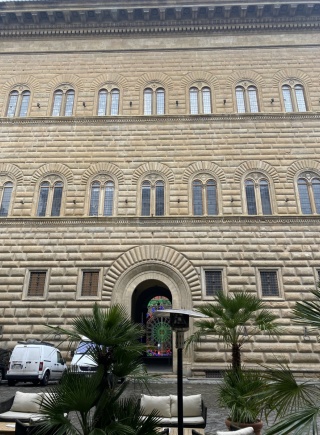 Palazzo Strozzi in Florence a timeless jewel
Palazzo Strozzi has three grandiose identical portals facing Via Tornabuoni and Piazza Strozzi. The palace was commissioned by Filippo Stroz...
Read More
Palazzo Strozzi in Florence a timeless jewel
Palazzo Strozzi has three grandiose identical portals facing Via Tornabuoni and Piazza Strozzi. The palace was commissioned by Filippo Stroz...
Read More
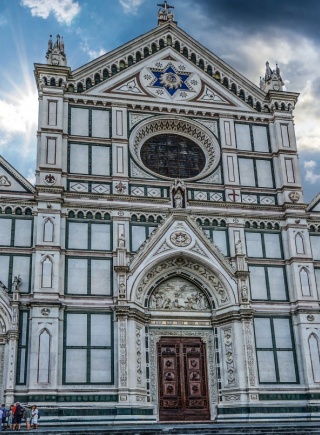 Santa Croce Basilica in Florence
The Santa Croce Basilica is located in the homonymous square in the heart of Florence. It is one of the largest Franciscan churches and undo...
Read More
Santa Croce Basilica in Florence
The Santa Croce Basilica is located in the homonymous square in the heart of Florence. It is one of the largest Franciscan churches and undo...
Read More
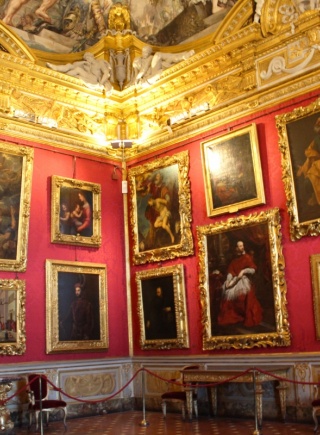 Palazzo Pitti in Florence and the Palatine Gallery
Palazzo Pitti was the palace of the Grand Duchy of Tuscany under the dynasty of the Medici family previously and the Lorraine later.Inside t...
Read More
Palazzo Pitti in Florence and the Palatine Gallery
Palazzo Pitti was the palace of the Grand Duchy of Tuscany under the dynasty of the Medici family previously and the Lorraine later.Inside t...
Read More
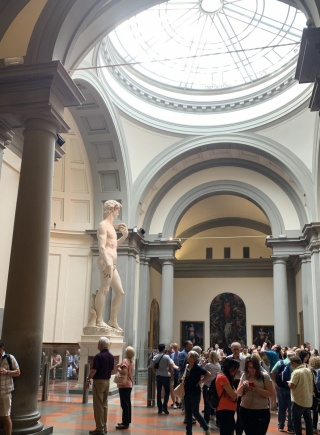 Michelangelo's David at the Academy of Florence
Michelangelo's David is an imposing sculpture in Carrara marble still considered the perfect ideal of a male figure. It is certainly made ar...
Read More
Michelangelo's David at the Academy of Florence
Michelangelo's David is an imposing sculpture in Carrara marble still considered the perfect ideal of a male figure. It is certainly made ar...
Read More
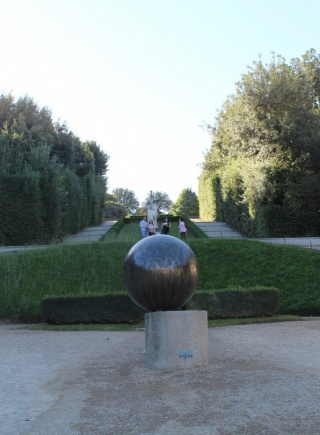 The Boboli Gardens in Florence and its wonders
The Boboli Gardens covers an area of 45,000 square meters on the hill behind Palazzo Pitti and continues down towards Porta Romana, passin...
Read More
The Boboli Gardens in Florence and its wonders
The Boboli Gardens covers an area of 45,000 square meters on the hill behind Palazzo Pitti and continues down towards Porta Romana, passin...
Read More
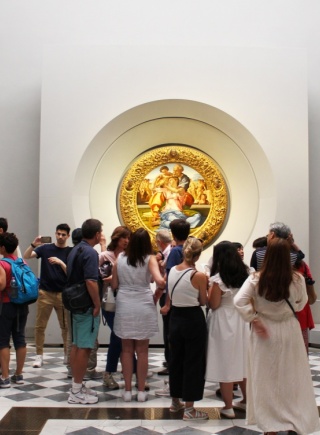 The Uffizi Gallery, the history of the largest Renaissance museum
The Uffizi Museum houses one of the most important Renaissance art collections in the world, Botticelli, Cimabue, Caravaggio, Giotto, Michel...
Read More
The Uffizi Gallery, the history of the largest Renaissance museum
The Uffizi Museum houses one of the most important Renaissance art collections in the world, Botticelli, Cimabue, Caravaggio, Giotto, Michel...
Read More
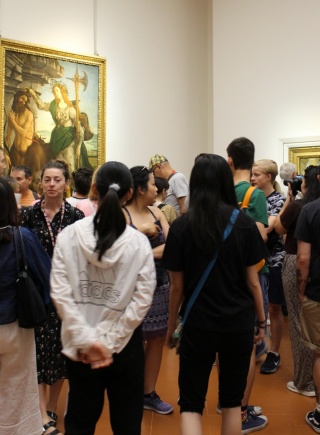 Sandro Botticelli at the Uffizi Gallery of Florence
The Uffizi Gallery is one of the most important museums in the world, but also the Museum of Sandro Botticelli!The Uffizi museum is based in...
Read More
Sandro Botticelli at the Uffizi Gallery of Florence
The Uffizi Gallery is one of the most important museums in the world, but also the Museum of Sandro Botticelli!The Uffizi museum is based in...
Read More
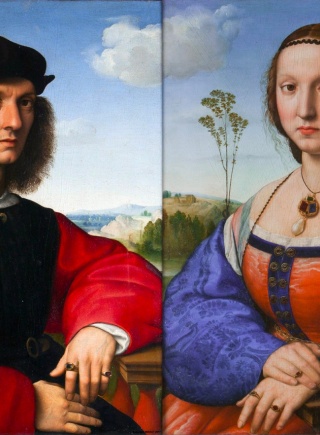 Read More
Read More
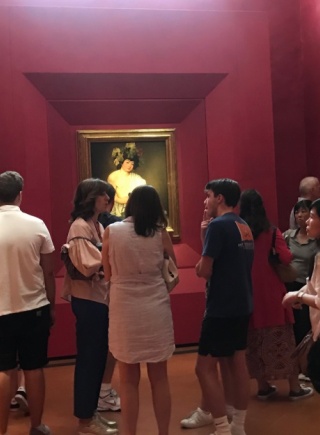 Read More
Read More
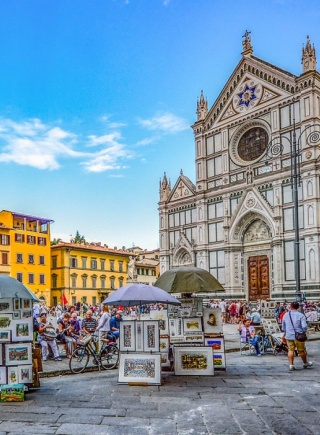 Read More
Read More
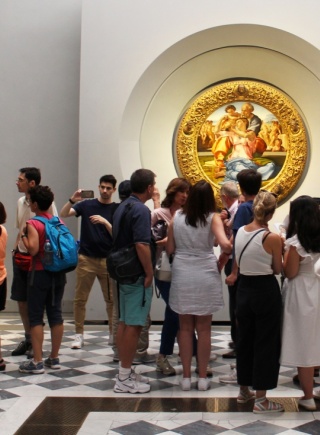 Read More
Read More
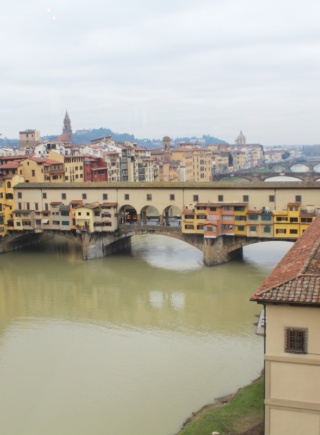 Read More
Read More
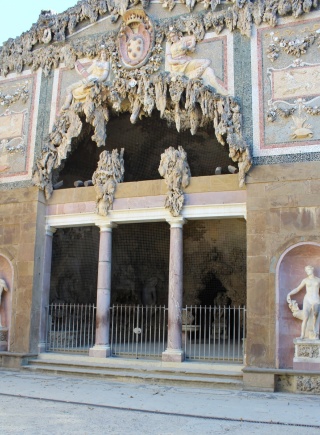 Read More
Read More
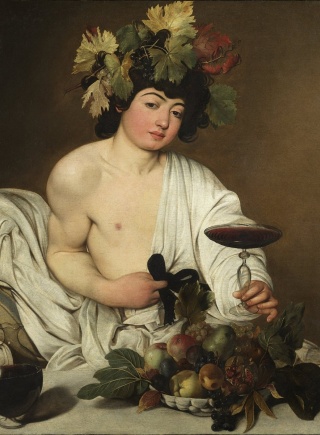 Read More
Read More
The Uffizi Gallery houses the largest collection of paintings from Romanesque period to the 18th century. Nowadays the Uffizi still accommodates famous masterpieces exhibited in chronological order

